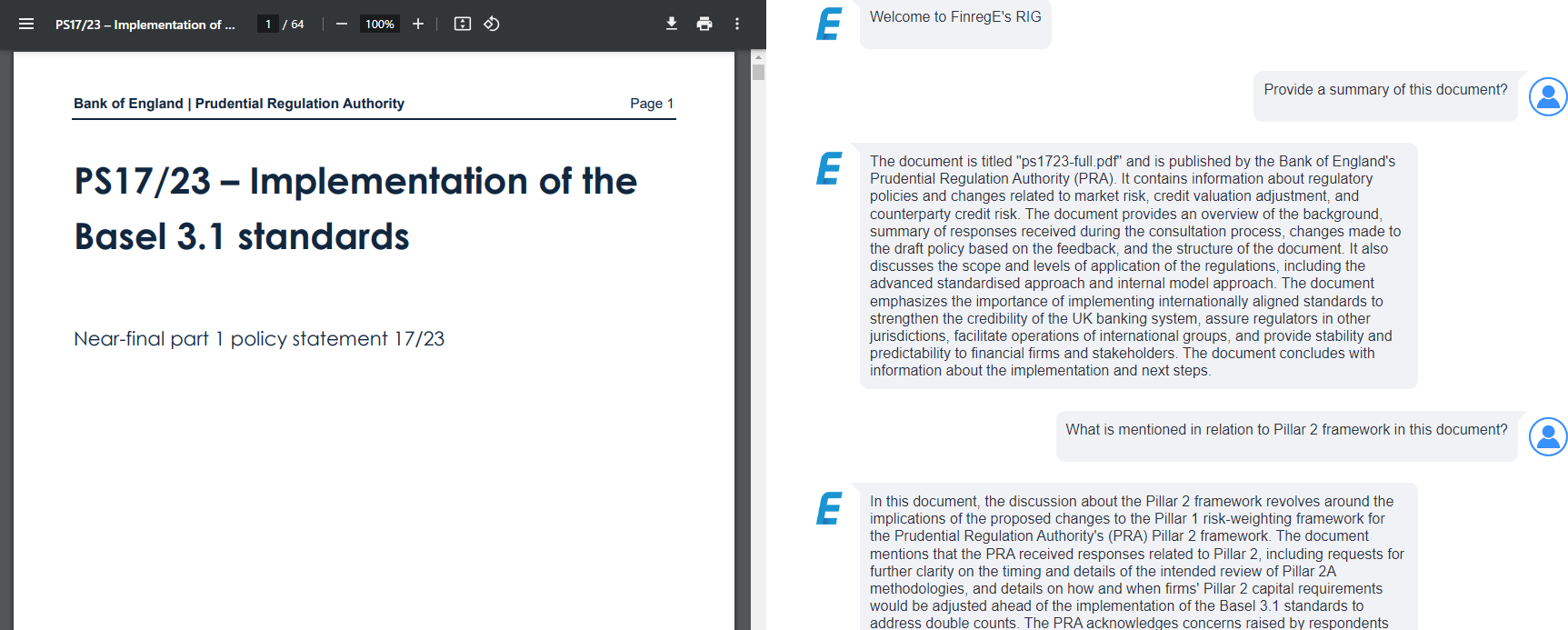Although financial institutions have made significant strides in reporting and regulatory compliance, there are still common regulatory gaps that exist that threaten to undermine financial operations, hurt the reputation, and increase costs of compliance in the form of non-compliance penalties.
Identifying common regulatory gaps and taking the necessary steps to bridge them is, therefore, a major regulatory compliance concern. By closing these gaps, finance institutions can ensure that they are following compliance best practices and avoiding costly fines and penalties.
That said, identifying regulatory gaps can be a challenging undertaking, given the scope of modern financial operations that span several countries and jurisdictions.
Fortunately, there are tools and best practices that allow financial service providers to identify common compliance gaps. Leveraging these tools is crucial to ensure that financial operations are not exposed to non-compliance risks.
Common gaps in financial regulatory compliance
When it comes to implementing a certain regulation, there may be a gap between law and practice. Despite having stringent monitoring mechanisms, rules, and requirements, most finance firms have difficulty enforcing regulations and ensuring that their application is consistent across their organisation.
This difficulty in enforcing compliance is attributed to several factors.
One example is regulatory data. Most finance firms do not have sufficient real-time data to create complete, comprehensive compliance reports, making it difficult to accurately identify if internal operations are following compliance procedures.
Shortfalls in reporting often lead to gaps in financial regulation because poor reporting processes lead to insufficient internal mechanisms.
Enforcing remedial measures to address poor practices is a critical part of compliance. That said, effective enforcement of remedial measures may be a challenge due to the constantly increasing number of regulatory bodies financial firms must comply with.
Poor internal mechanisms can severely undermine even the most secure compliance mechanisms. This problem arises due to a lack of oversight, which invites complacency in regulation, leading to several issues when enforcing compliance.
Compliance risks are driven by a variety of factors related to issue management and risk management governance.
Despite the increasing number of new regulations unveiled each year, most regulatory changes are not incorporated into the compliance management processes. This is a significant gap that could lead to poor business practices, compliance violations, and even fines down the line.
A modern compliance management framework should incorporate both compliance and management risks to ensure that the enterprise has a complete view of its risks and better visibility into any systematic issues to ensure there are no gaps in compliance.
Furthermore, complicating matters are sector-specific issues with credit-risk management, financial assets, capital, and investment schemes possessing their own requirements and complications.
Compliance monitoring processes must account for these differences. Unfortunately, there are too many instances where finance institutions fail to consider the unique requirements, leading to compliance gaps that could undermine the reliability of financial operations.
With most finance firms operating in several countries, organisations must abide by multiple regulatory bodies on a national and local level, making cross-border regulation a challenge for most finance firms.
For example, a finance firm could be meeting compliance requirements in one country but might find itself out of compliance in another region.
The lack of information on different regulatory bodies often leads to a gap in compliance. To avoid this, financial institutions need to consider adapting their operations to meet the pre-conditions of different regulatory institutions.
Solutions to address compliance gaps
Financial services regulatory compliance gaps occur because most finance firms do not have sufficient internal mechanisms and policies to meet the requirements set out across different global and local jurisdictions.
These gaps often arise due to a lack of internal controls that allow regulatory teams to take a more complete, proactive approach to compliance. The good news is that investing in RegTech solutions can strengthen internal compliance mechanisms and help identify and plug compliance gaps.
Finding and fixing common regulatory gaps that expose your financial operations can help you create a more secure compliance environment that ensures you are always meeting compliance requirements.




